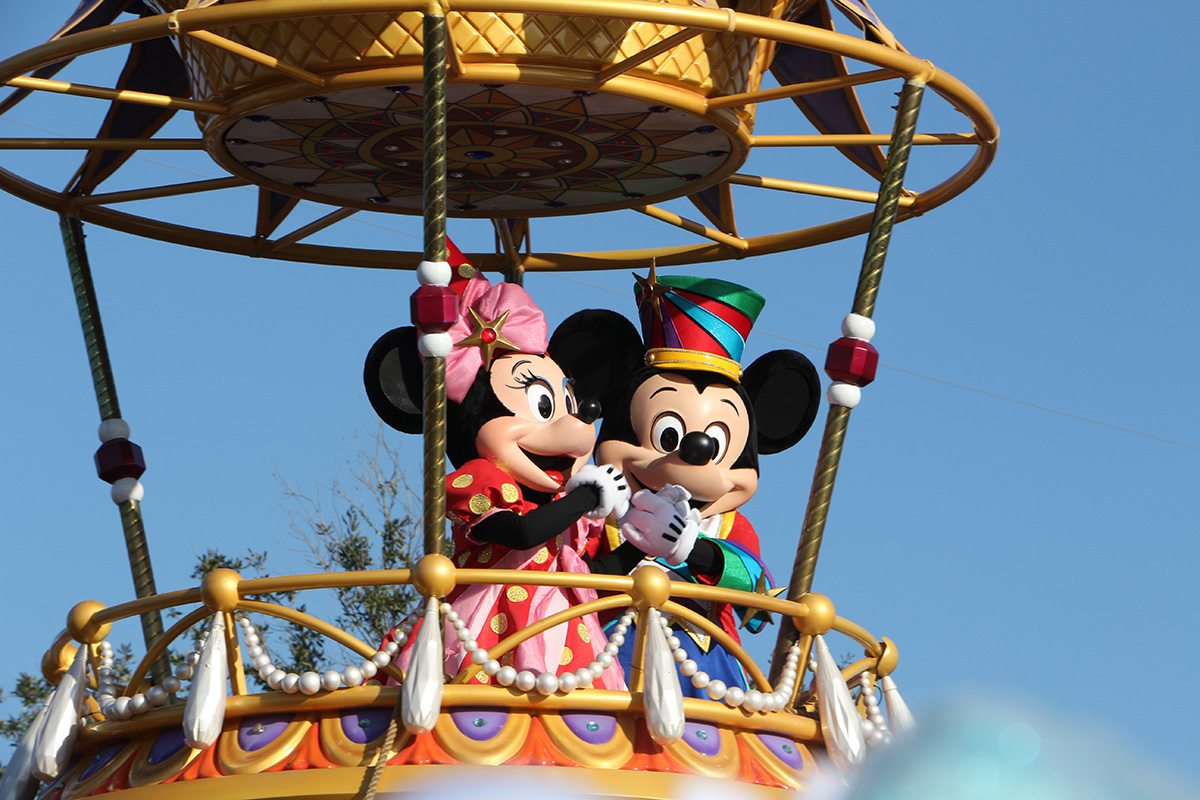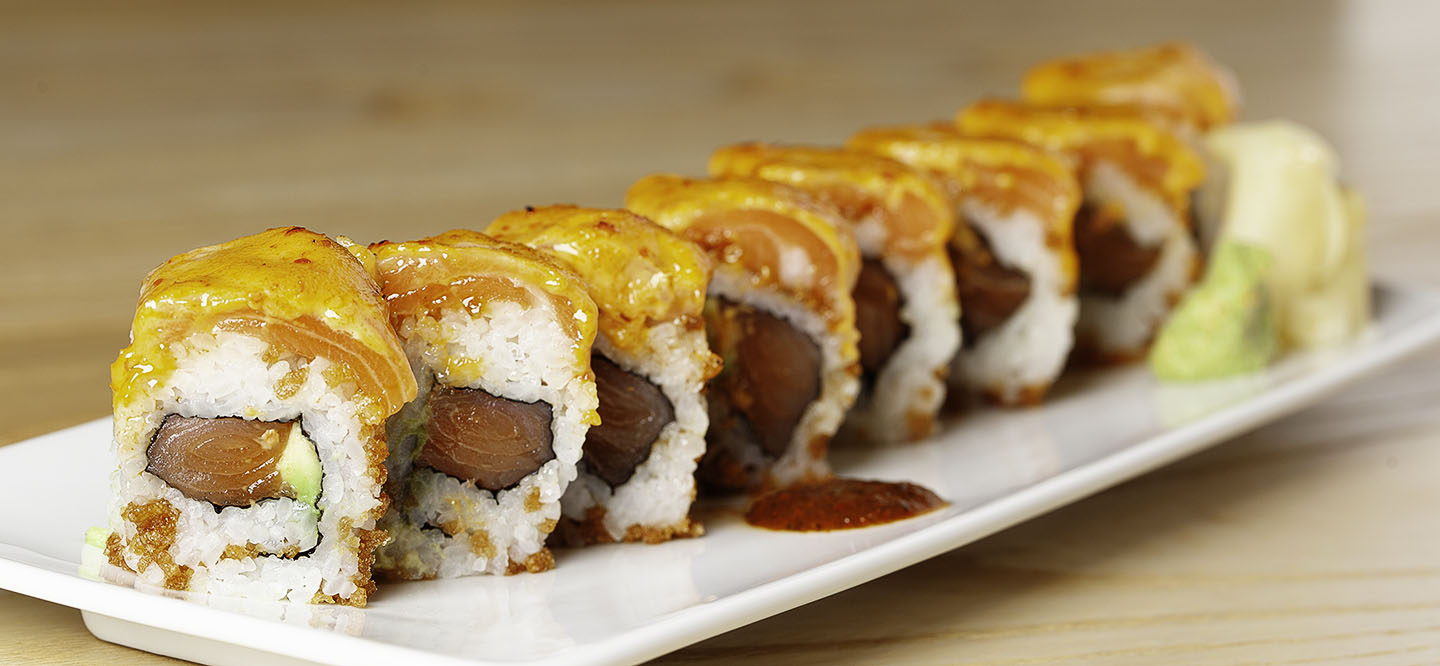Forget about pool parties where the simple acts of wearing a plastic lei and drinking rum out of fake coconut shells are passed off as a “lū‘au.” You’re in Hawai‘i now, where the concept of this famous tropical feast originated. Attending a real one is a definite must—especially if it’s your first time here. It’s a fun-filled night of abundant food and traditional Polynesian dance performances that you won’t ever forget.
Unlike the lū‘au shows that were popular in the 1950s and 1960s, which devolved into hokey affairs that were rife with cliché, today’s lū‘au provide entertainment and activities that more accurately represent some aspects of Native Hawaiian and other Pacific Island cultures. You’ll still find lots of food and merriment at a lū‘au today, but also opportunities for learning.
There are a few different lū‘au on O‘ahu, each unique in what they offer. Here is a brief tour of some of the most popular:
‘Aha ‘Aina, a Royal Celebration
This new event at The Royal Hawaiian, a Luxury Collection Resort, is the only one of its kind in Waikīkī: It is just steps away from the beach, and the iconic slope of Diamond Head serves as a backdrop to the stage. Not only does the venue at The Royal Hawaiian offer a million-dollar view, the experience is an authentic one that pays homage to Hawai‘i’s history through music, storytelling, food and dance. Notice how the word “lū‘au” is also not used in the name of the feast—it is called an ‘aha ‘aina, which is the actual term that Native Hawaiians had for celebratory meals, long before Western contact occurred.
What makes ‘Aha ‘Aina stand out from other lū‘au is the food: Dinner is typically served buffet-style at a lū‘au, but ‘Aha ‘Aina breaks convention with attentive table service, elegant linens and settings, and a multi-course menu that will satisfy even the most fickle gourmands. The Royal Hawaiian’s chefs created dishes that make excellent use of local produce and seafood, and artfully fuse traditional Native Hawaiian foods with Asian dressings, sauces and flavors.
Canapés of kālua (baked, smoked) pork spring rolls with Kona coffee barbecue sauce and ‘ahi gyoza (dumplings with yellowfin tuna) are served as starters. Servers hoist plates of beef tataki with mustard salsa, crab cakes with kalamansi lime-chili sauce and bamboo-skewered chicken before the entreés appear, which is where the chef’s talents shine. Lobster raised in Kailua-Kona, on the Big Island, is dressed in a spicy curry sauce; hearts of palm appear in ceviche with Beijing-style roasted duck; and the kālua pig, a Hawaiian favorite, is served as an osso bucco (smoked shank) instead of being shredded and pulled, and is accompanied by smashed taro and braised choy sum (a leafy green Chinese vegetable). When you think you can’t take any more, the dessert spread continues to impress with crème brûlée, sorbets served in martini glasses and cheesecakes lollipops.
The entertainment shares the tale of the history of the land where The Royal Hawaiian Hotel is located, which was called Helumoa by Native Hawaiians. A storyteller, along with a troupe of experienced dancers, take you on a time-traveling journey through Hawai‘i’s royal past, and you’ll see what the hula looked like in ancient times, and how Western contact and American pop culture influenced the dance as we know it today.
Paradise Cove
Paradise Cove sits on the sands of a tranquil, private lagoon within the Ko ‘Olina Resort complex on O‘ahu’s west side. This lū‘au experience is an escape from Waikīkī—you have to travel at least 30 miles by bus to get here. Instead of remaining spectators, guests at Paradise Cove are encouraged to get up and play games, test their physical skills and dexterity, and make their own Hawaiian crafts to keep as souvenirs. Once you arrive at the lagoon, you can try your hand at several activities before the conch shell is blown, calling you to dinner. This works especially well for people that are traveling in a large group, or families with children. There’s never a dull moment, everyone will be engaged, and there are plenty of opportunities for laughter and bonding.
Feeling competitive? See how you measure up in the ancient Hawaiian art of ‘o‘o ihe, or spear throwing, a skill that warriors were once required to master. Or try ‘ulu maika and moa pahe‘e, games similar to lawn bowling, where you have to roll a stone disc or slide a heavy wooden dart between two sticks that serve as goal posts. It’s harder than it looks! You can also make a fresh flower lei or weave bracelets and headbands from coconut fronds and take them home with you.
The final activity, in which all guests are urged to participate, is the hukilau on the beach. You might have heard the word “hukilau” in the classic song by Jack Owens. Literally “to pull the ropes,” a hukilau is when a huge fish net is hauled into shore by the brute strength of several people pulling it. It’s a tug-of-war taken to the next level.
After spending an evening at Paradise Cove, you’ll get the sense that Native Hawaiians not only worked hard to survive, but that they knew how to play hard, too. But don’t fret, the entire evening doesn’t consist of “Survivor”-esque activities—you’ll be treated to a high-impact show of dances from all over Polynesia, like the hip-shaking of the Tahitian ‘ote‘a, the poetry of the Hawaiian hula, and of course, the epic fire knife dance. You can watch the ceremony of a whole, roasted pua‘a (pig) being unearthed from an imu, or underground oven. Hawaiian and American dishes are served buffet-style, but you can upgrade your lu‘au to include table service.
Waikiki Starlight Lu‘au
Another new show, the Waikiki Starlight Lu‘au offers a distinct island experience with an urban touch: You’ll dine and be entertained under the stars, on the rooftop at the Hilton Hawaiian Village Resort & Spa. Ladies, feel free to wear strappy shoes or heels—you won’t be walking on sand at this lu‘au. And since it is offered five a nights a week, and the Hilton Hawaiian Village Resort & Spa is located near the Hawai‘i Convention Center, this lū‘au is a great option for business travelers who are here for a limited amount of time. After your conference, you can still make it to a festive lū‘au!
Gather in front the resort’s Ocean Crystal Chapel Gazebo, and a conch shell blower will lead you to the top of the resort’s Mid-Pacific Conference Center, which overlooks the Great Lawn and Duke Kahanamoku Lagoon. The evening commences with a cocktail reception and several activity stations, where you can play games like the pineapple toss, get a faux Polynesian tattoo, try your hand at blowing a conch shell (and challenge others to see who can blow it the loudest), watch an artist whittle Hawaiian trinkets out of wood, or take part in a group hula lesson.
Dinner is a lavish buffet of traditional Hawaiian staples, such as the requisite kalua pig and poi, an array of fresh salads using locally grown produce—including Waimanalo Farm Island greens, Hawai‘i-grown tomatoes, and lots of fresh, tropical fruit. Entrées have island twists, such as fish steamed in banana leaves, Moloka‘i herb-roasted sweet potatoes, huli huli (rotisserie) chicken marinated in lemongrass, and a Hawaiian paella. Parents will appreciate the buffet table that was created just for small children, which carries kid-friendly items like teriyaki meatballs and bite-sized deep-fried potatoes.
Into the night, you’ll be entertained with a fashion show and the Polynesian revue, “Voyage Across the South Seas,” which features dances from Hawai‘i, Samoa and Tahiti. The evening ends with an exciting four-man fire knife dance.
No matter which lū‘au you choose to attend, you really can’t go wrong. You’ll see exciting dance numbers, hear the poetry of the Hawaiian language, and drink and dine to your heart’s content in a beautiful, romantic setting. Enjoy this only-in-Hawai‘i gastronomic affair!
Love for the Lū‘au
There’s more to the lū‘au than meets the eye. Here are some fun facts about this famous and quintessentially Hawaiian feast.
•The lū‘au was actually never called a “lū‘au” until the late 1800s, when the name was coined by a Honolulu newspaper. In Hawaiian, “lū‘au” literally means the leaves of the taro plant, which were often cooked and served at meals. Before Western contact, Native Hawaiians called celebratory feasts a pā‘ina or ‘ahā ‘aina.
•In pre-contact Hawai‘i, men and women did not eat together. All the cooking was done by men, who would have their meals in a separate dining house. This was dictated by the kapu, a rigid code of laws that affected every aspect of life, and remained intact until 1819. Many cultures throughout the Pacific Islands had similar rules regarding food preparation and the gender divide.
•In the mid-to-late 1800s, Hawaiian royalty threw grandiose lū‘au for visiting dignitaries. King Kamehameha III held a gala that was said to have nearly 300 roasted pigs, and King David Kalākaua invited 1,500 guests to his 50th birthday lū‘au.
•Today, Hawai‘i residents often have casual “backyard lū‘au” with friends and family. All the guests bring copious amounts of food to share, and everyone is urged by the host to take a plate or two home when the party is over. A “baby lū‘au,” a party to celebrate a child’s first birthday, is another Island tradition celebrated by people of all ethnicities. A baby lū‘au can be bigger, and even more lavish, than a modern wedding reception.
•President Obama’s first congressional picnic on the White House’s South Lawn was a Hawai‘i-themed lū‘au for 2,000 people. Famed Honolulu-based chef Alan Wong directed the meal.



